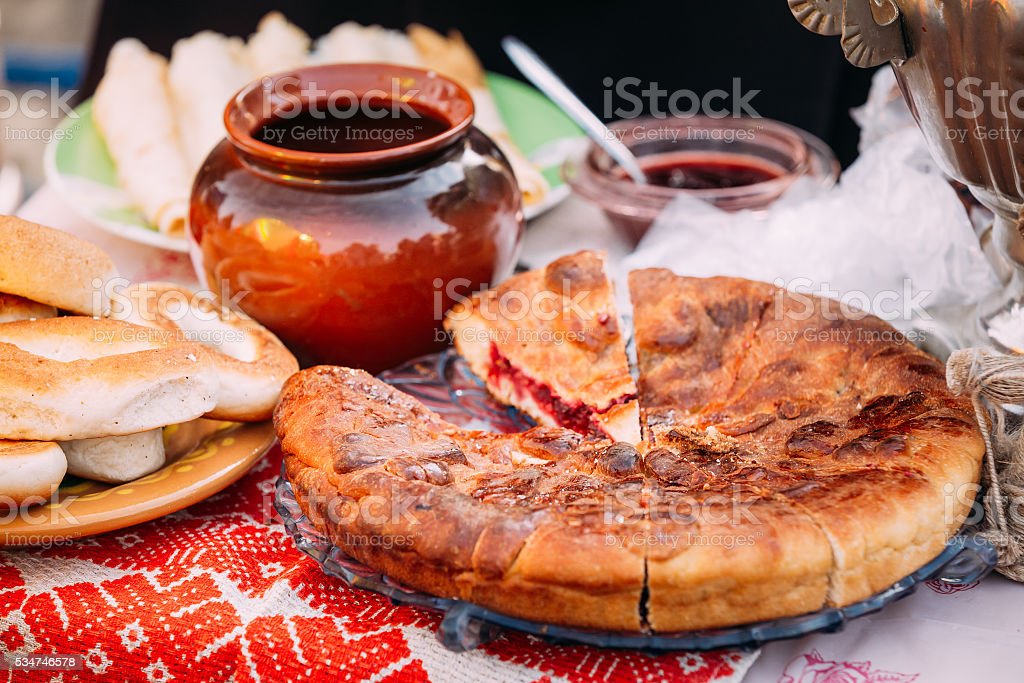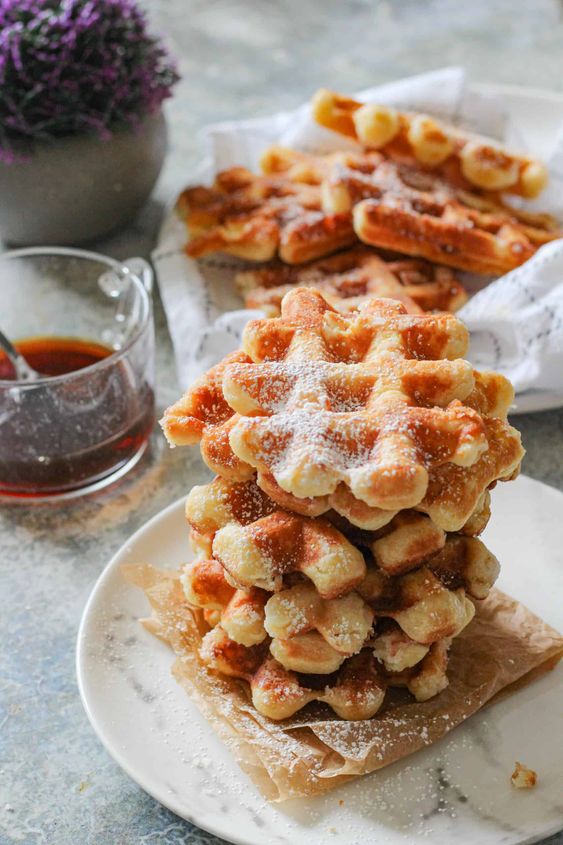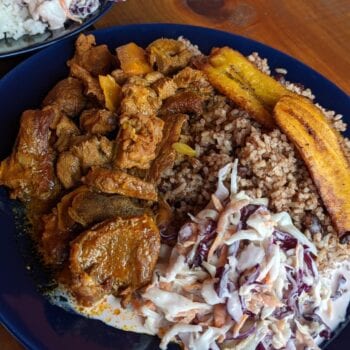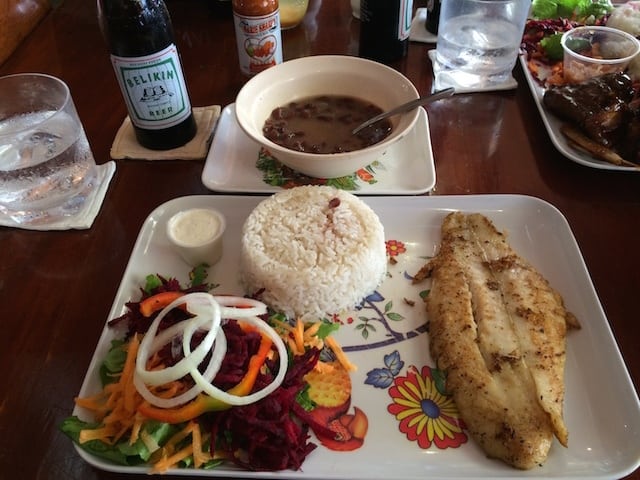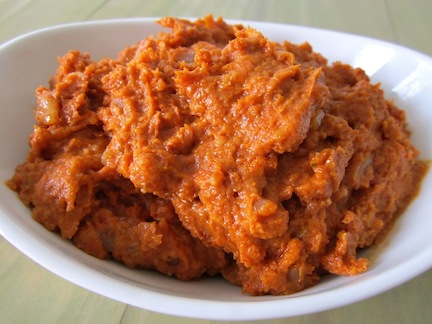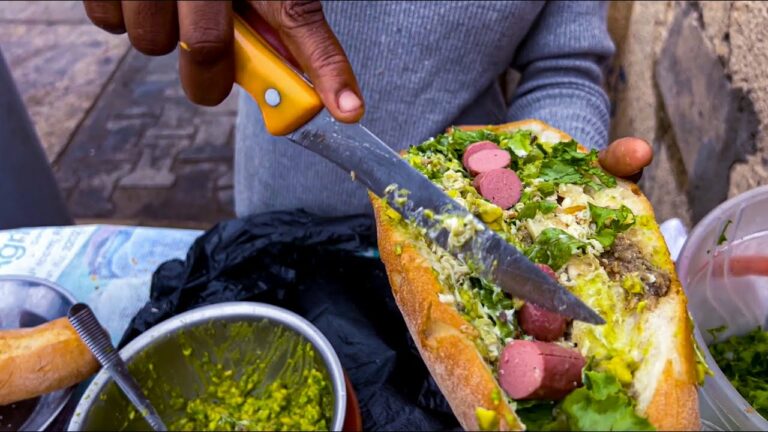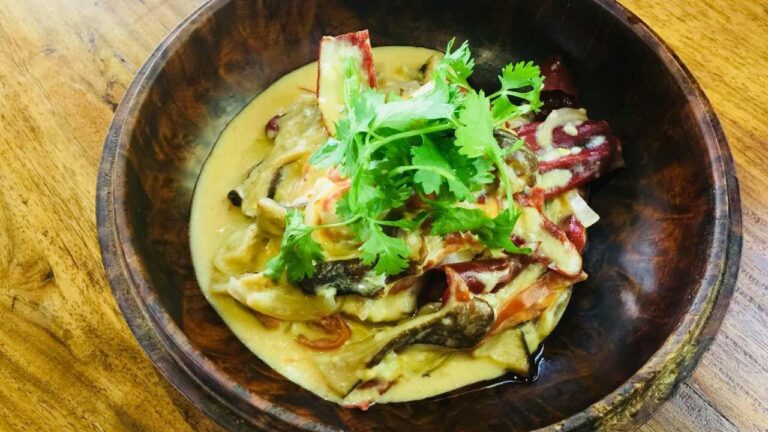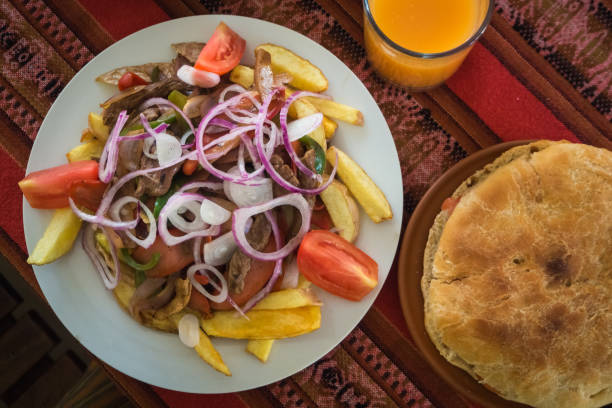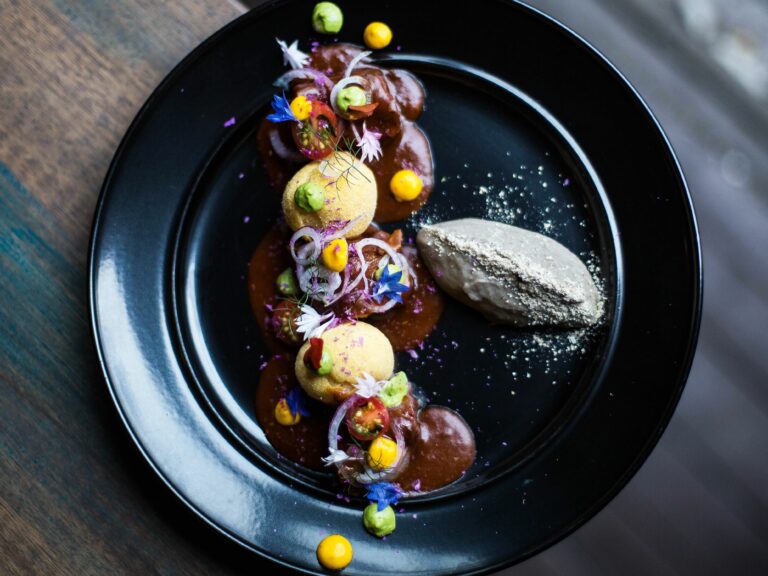Introduction: Belarusian dining customs and etiquette
Belarusian cuisine is a blend of both Slavic and European influences. The country’s cuisine is heavily based on potatoes, meat, and dairy products. Belarusians are proud of their culinary traditions and hospitality, and they take their dining customs and etiquette very seriously. In Belarus, dining is more than just eating; it is a social activity that brings people together. Therefore, it is essential to understand and follow the dining customs and etiquette to avoid any cultural misunderstandings.
Table manners in Belarusian cuisine
Belarusians follow formal table manners when dining, especially during formal occasions. When sitting down to eat, the host usually directs where each guest should sit. It is customary for guests to sit in the order of age or status, with the oldest or most important person seated first. When eating, cutlery and utensils must be handled properly. The fork should be held in the left hand, and the knife should be held in the right hand. It is also customary to finish eating the entire meal and not leave any food on the plate.
Tipping in Belarusian restaurants
Tipping in Belarusian restaurants is not mandatory, but it is appreciated. It is customary to leave a tip of 10% of the total bill if the service has been exceptional. However, it is not uncommon for the service charge to be included in the bill, especially in high-end restaurants. In this case, no extra tip is required.
Belarusian dining and alcohol consumption
Alcohol plays a significant role in Belarusian dining customs. It is customary to offer guests a drink upon their arrival. When dining with locals, it is not uncommon for guests to be offered a shot of vodka before the meal starts. However, it is polite to decline if you do not drink alcohol. When drinking, it is essential to hold the glass with both hands and make eye contact when toasting.
Dress code for Belarusian dining occasions
Belarusians take their appearance seriously, and it is customary to dress formally when dining in upscale restaurants or attending formal events. Men should wear a suit and tie, while women should dress modestly. However, it is acceptable to dress more casually when dining in casual settings.
Belarusian dining and conversation topics
When dining in Belarus, it is customary to avoid discussing politics or any controversial topics. It is important to keep the conversation light and friendly, with topics such as sports, family, and travel being safe topics.
Belarusian dining and food sharing
Belarusians are known for their hospitality and generosity, and it is not uncommon for guests to be served large portions of food. When dining in Belarus, it is customary to share food with others. It is polite to offer food to others before starting your meal, and it is also acceptable to decline food if you are full.
Belarusian dining and host-guest relations
Belarusians take pride in their hospitality and consider it their duty to make their guests feel comfortable. As a guest, it is essential to show gratitude and appreciation for their hospitality, whether it’s through a small gift or a heartfelt compliment. It is also customary to send a thank-you note or message after the event to show your appreciation. As a host, it is essential to make sure that your guests are comfortable and that their needs are taken care of.

